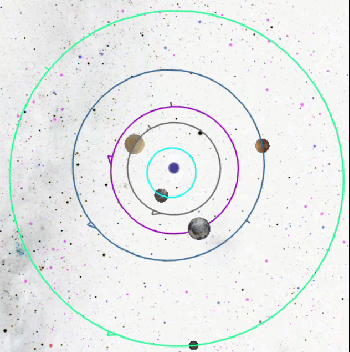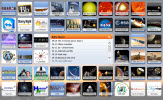August 2024
Click here for the month at a glance calendar.
Learn more about the Perseids click here to go to the Time and Date web site.

What is this? "It's a prediction of when Lees Summit, MO, will have good weather for astronomical observing." Click on the graphic to go to the Clear Sky web site.

Mercury will be visible after sunset local time over the western horizon for about the first two weeks of the month. Merury moves into inferior conjunction on the 19th and then into the morning skies by the end of the month.
Venus is becoming more visible in the evening skies at sunset.
Mars is visible in the morning skies among the stars of Taurus the Bull. The 'Red Planet' will pass within about 5o from the reddish star Aldebaran on the 5th. Watch for a very close conjunction with Jupiter on the 14th with about a 3o of separation.
Dwarf Planet Ceres is among the stars of the teapot-shaped asterism of Sagittarius the Archer. With an apparent magnitude greater than 7.0 this Dwarf Planet will be too dim to be visible with the naked eye.
Jupiter rises after midnight and is very visible throughout the night hours witihn the stars of Taurus the Bull
Saturn ries late in the evening and will be visible throughout the night hours.
Uranus rises late in the evening and is located near the open star cluster the Pleiades. Uranus will have an apparent magnitude less than 6.0 and so it should be naked-eye visible in dark enough skies.












